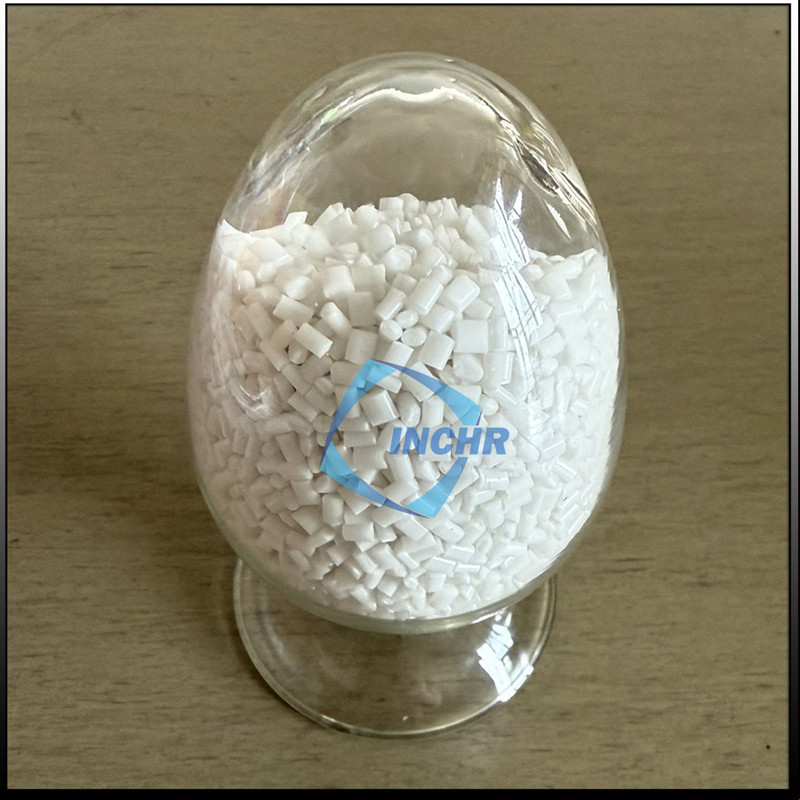Introduction: The Vital Role of Anti Block Masterbatch
In the dynamic world of plastic film production, anti block masterbatch stands as a critical innovation, addressing the persistent challenge of film adhesion. This specialized additive ensures films remain separated during manufacturing, storage, and transportation—boosting efficiency, reducing waste, and maintaining product quality. As industries demand thinner, stronger, and eco-friendly films, anti block masterbatch has become indispensable.
Understanding Anti Block Technology: Precision in Polymer Engineering|Product Catalog
Anti block masterbatch integrates microscopic particles (e.g., silica, talc, or synthetic compounds) into polymer resins. These particles create a controlled surface texture through three mechanisms:
Surface Texturing: Generates micro-scale roughness to prevent layer adhesion.
Friction Reduction: Lowers the coefficient of friction (COF) for smoother processing.
Optical Clarity: Maintains transparency in films requiring visual appeal.
Technical Specifications:
Particle Size: 1–10 µm (smaller for ultra-thin films, larger for heavy-duty applications).
Loading Rate: 1–5% by weight, tailored to resin type (LDPE, PP, PLA).
Thermal Stability: Withstands extrusion temperatures up to 260°C.

Industry Applications: Where Anti Block Masterbatch Shines
1. Food Packaging
Prevents vacuum-sealed films from sticking, reducing production waste by 20–30%.
Compliant with FDA, EU 10/2011, and GB 9685 standards for direct food contact.
2. Agricultural Films
Ensures greenhouse films remain separated, optimizing light diffusion for crop growth.
UV-resistant grades extend durability by 3+ years in extreme weather.
3. Medical Films
Maintains sterility in IV bags and pharmaceutical blister packs.
Passes ISO 10993-5 cytotoxicity and USP Class VI safety tests.
4. Industrial Stretch Films
Enhances pallet-wrapping efficiency with a COF range of 0.3–0.5.
5. Sustainable Films
Compatible with biodegradable resins (PLA/PBAT) and recycled materials (PCR).
Selecting the Right Anti Block Masterbatch: A 5-Step Guide
Resin Compatibility
Match the masterbatch to your base polymer (e.g., LLDPE for stretch films).
Particle Engineering
Choose spherical silica for clarity or talc for cost-effective opaque films.
Regulatory Compliance
Verify certifications (FDA, REACH) for food/medical applications.
Sustainability Goals
Opt for bio-based silica (e.g., rice husk ash) or PCR-compatible formulas.
Supplier Partnership
Collaborate with providers offering technical trials and custom solutions.
Sustainable Innovations: Pioneering Eco-Friendly Solutions
The industry is embracing greener alternatives without compromising performance:
Bio-Silica from Agricultural Waste: Reduces reliance on mined silica by 50%.
Chemical Recycling Compatibility: Additives survive multiple recycling cycles.
Low-Migration Formulas: Meet EU’s PPWR and U.S. EPA leaching standards.
Case Study: A European manufacturer slashed carbon emissions by 40% using rice husk-based masterbatches in food packaging.
Avoiding Costly Mistakes: 3 Common Pitfalls
Overloading Additives
Excess particles (>5%) increase haze and reduce tensile strength.
Poor Storage Practices
Moisture absorption degrades performance—store at <50% relative humidity.
Generic Formulas
High-speed cast films require finer particles than blown films.
Future Trends: Smart Technologies Redefining the Industry
AI-Optimized Dispersion
Machine learning ensures uniform particle distribution, cutting defects by 35%.
IoT-Enabled Production
Real-time sensors adjust dosing based on resin viscosity and temperature.
Self-Regulating Additives
Particles adapt surface texture to environmental humidity or temperature.
FAQs: Answering Critical Industry Questions
Q: Can anti block masterbatch replace slip agents?
A: Hybrid grades reduce COF, but ultra-low friction (<0.2) requires specialized slip additives.
Q: How does film thickness impact additive choice?
A: Films <15µm need nano-silica (1–3µm); thicker films (>30µm) use talc blends.
Q: What’s the ROI of premium anti block masterbatches?
A: Manufacturers report 20–35% waste reduction and 15% faster line speeds, with ROI in <6 months.
Why Expert Collaboration Matters
Leading suppliers provide:
Custom Solutions: Tailored to your equipment, resin, and application.
Regulatory Expertise: Navigate global standards (FDA, REACH, ISO).
R&D Innovation: Co-develop bio-based or multi-functional additives.
Conclusion: Driving Excellence in Plastic Film Production
Anti block masterbatch is a strategic asset for manufacturers aiming to lead in efficiency, sustainability, and quality. By leveraging advanced formulations and emerging technologies like AI and IoT, businesses can achieve unmatched performance. Partner with innovators committed to technical excellence and environmental stewardship to unlock the full potential of your plastic films.




